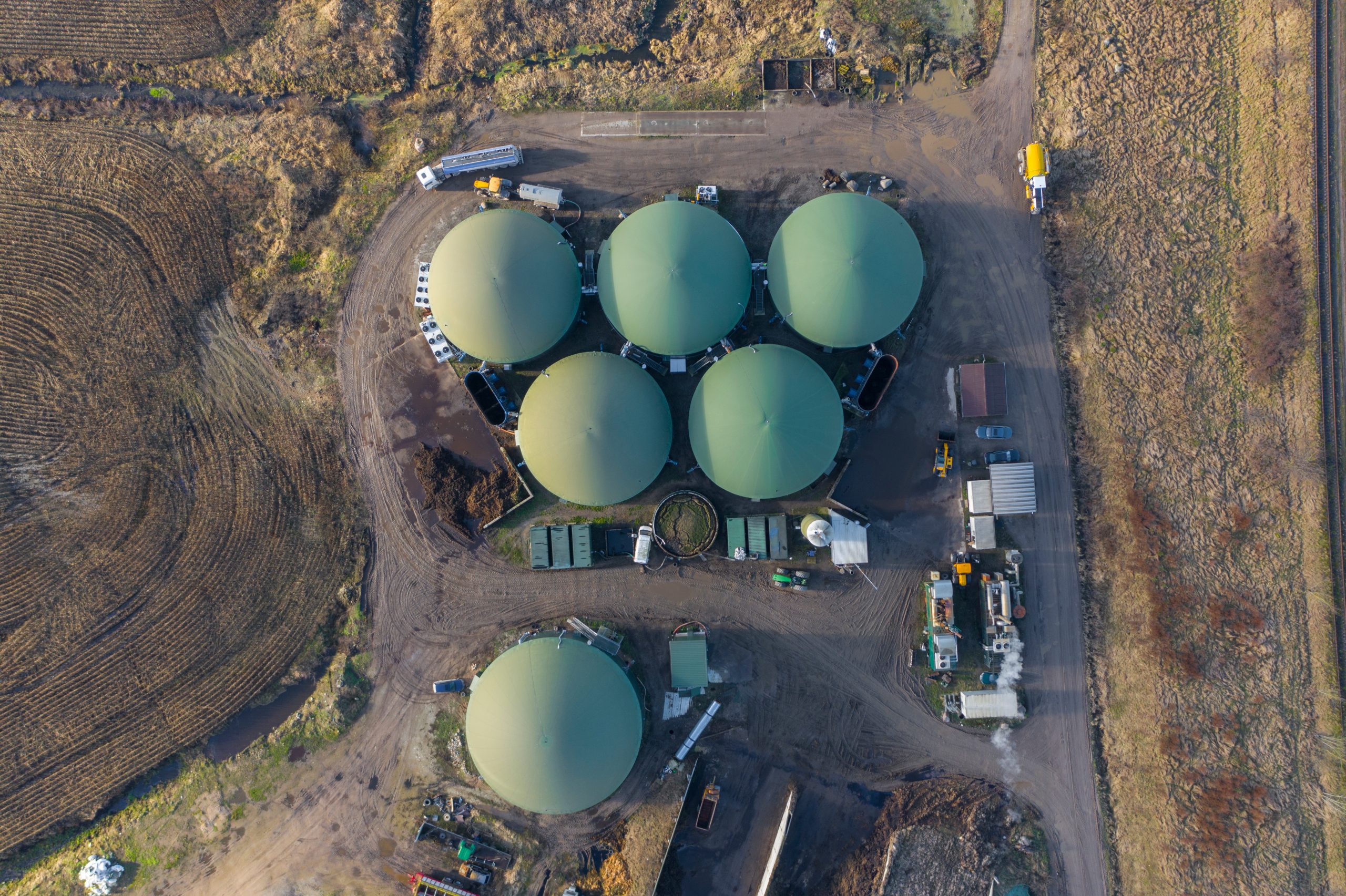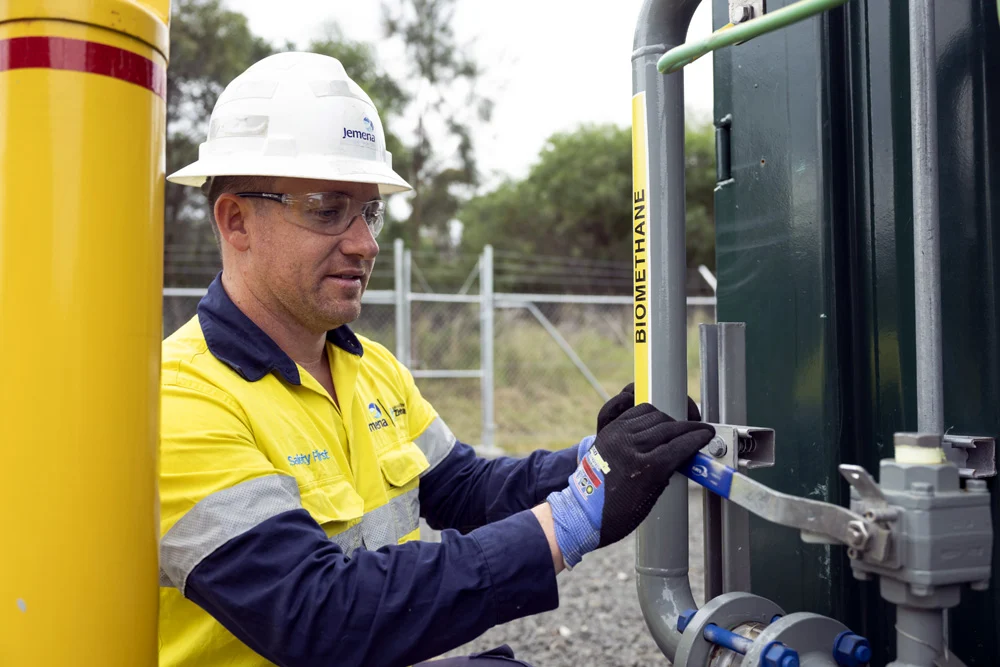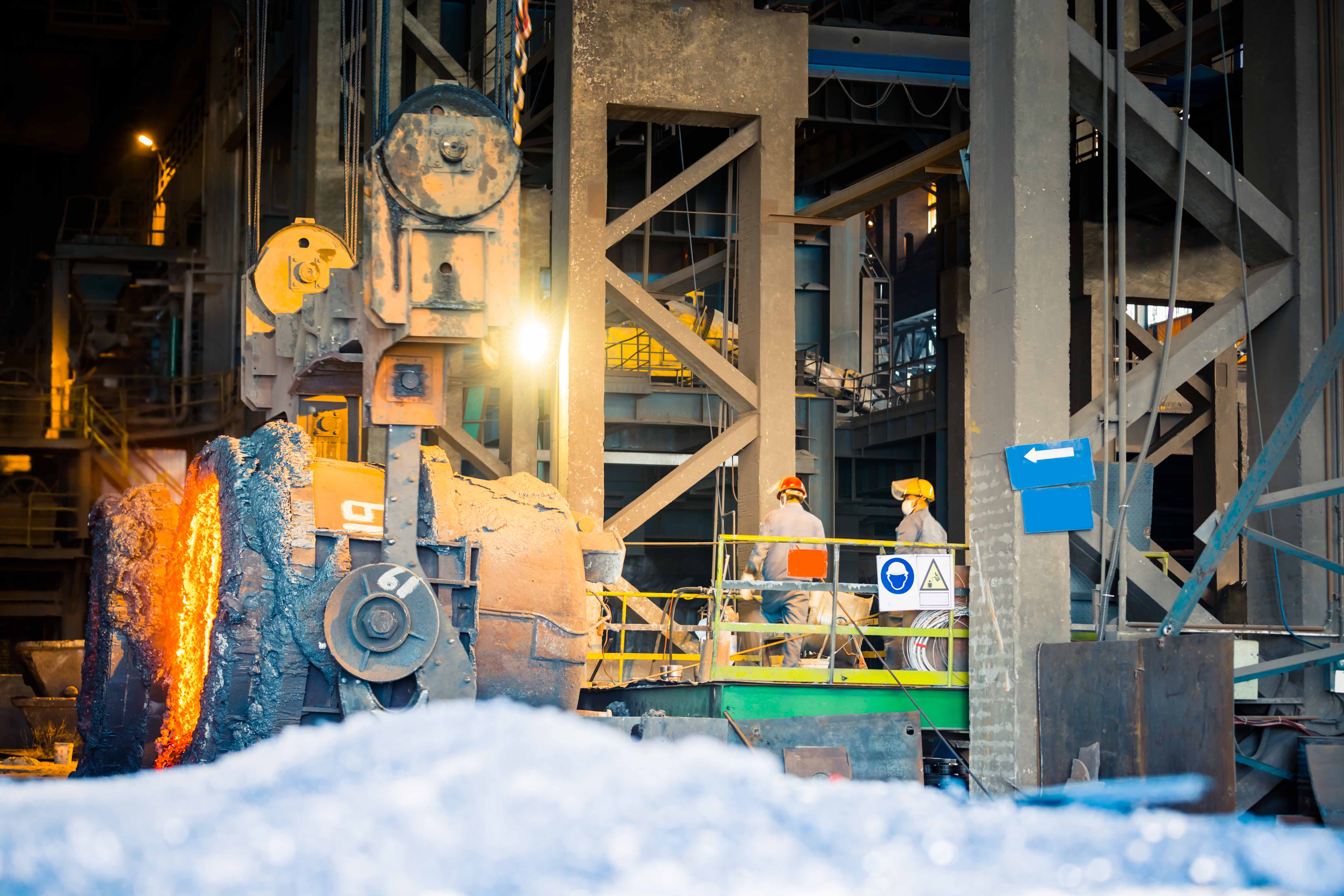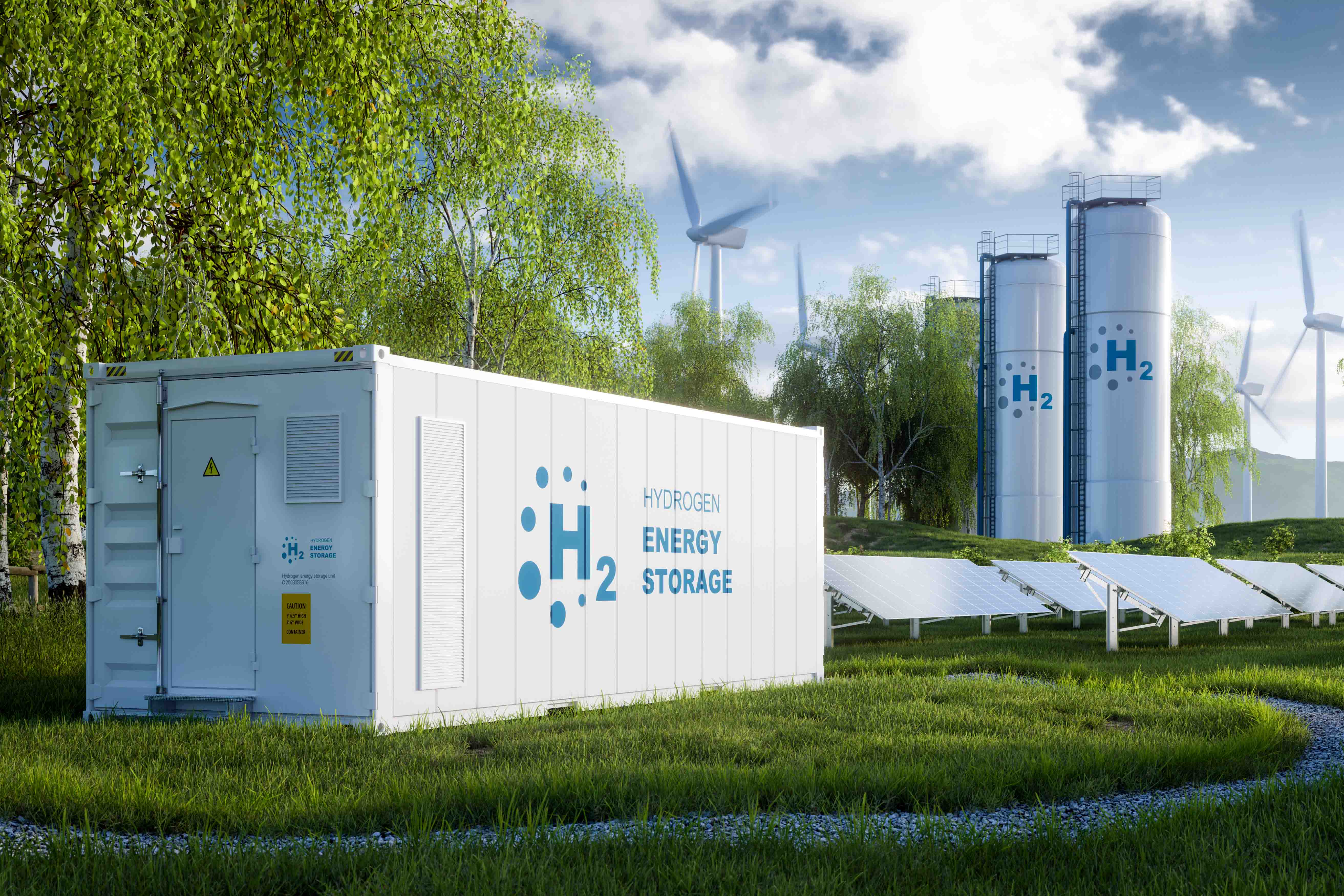Manufacturers’ Monthly spoke with Mike Davis, managing director of Optimal Renewable Gas, to discuss the potential usage of renewable gas in manufacturing sectors.
Renewable gas is the umbrella term now used globally to describe gases produced from renewable energy sources, such as biomethane and hydrogen.
Optimal Renewable Gas (ORG) is an Australian-based company that provides renewable gas solutions for businesses.
It advocates for the usage of sustainable gases such as biomethane.
Biomethane is derived from organic waste through anaerobic digestion and is upgraded to a quality akin to natural gas.
It is touted for its potential to reduce emissions by converting waste into usable methane for various energy applications.
Leading the Charge
ORG’s mission is to deliver renewable gas directly to consumers via existing gas networks – whether through pipelines or virtual pipelines – offering a straightforward, eco-friendly, and cost-effective alternative to traditional fossil fuel natural gas.
 “We are a large-scale developer of anaerobic digestion facilities, primarily focused on producing biomethane for injection into the gas grid,” said Mike Davis.
“We are a large-scale developer of anaerobic digestion facilities, primarily focused on producing biomethane for injection into the gas grid,” said Mike Davis.
“We are a large-scale developer of anaerobic digestion facilities, primarily focused on producing biomethane for injection into the gas grid,” said Mike Davis, managing director of ORG.
“We’re based in New South Wales and our major shareholder is Optimal Group, an industrial and energy solutions business headquartered in Melbourne.”
Davis explained the company is planning to develop large-scale “bio hubs” within the next decade.
“We have a national focus, planning to develop 10 large-scale bio hubs across the east coast of Australia by 2030 in Tasmania, Victoria, South Australia, New South Wales, and Queensland,” he said.
Biomethane injection to the energy grid can provide an array of benefits for business and industry, large and small.
A Sustainable Solution
For example, in manufacturing, biomethane provides reliable, continuous energy without infrastructure changes.
It has the potential to reduce costs, support sustainability goals with minimal emissions, and offers byproducts like biogenic CO2 for renewable fuels and industrial use and nutrient-rich digestate for agricultural use.
“First, our approach establishes a circular economy at scale by focusing on biomethane for the grid,” said Davis.
“By aggregating feedstocks to acheive scale, we can additionally commercialise by-products like biogenic CO2 and digestate.
“A renewable molecule like biomethane has intrinsic value for meeting energy demand, distinct from intermittent sources like wind and solar, due to inherent storage in the gas infrastructure supply chain.”
Collaborating with Jemena
ORG has signed an MoU with the energy asset owner and network operator, Jemena, to deliver projects across the NSW gas distribution network.
“We’ve entered into an MOU to deliver three projects around the NSW gas distribution network. This agreement enables us, as developers, to integrate feedstocks, logistics, technology, and financing to bring these projects to fruition,” said Davis.
 ORG has signed an MoU with the energy asset owner and network operator, Jemena, to deliver projects across the NSW gas distribution network.
ORG has signed an MoU with the energy asset owner and network operator, Jemena, to deliver projects across the NSW gas distribution network.
“The MOU facilitates close cooperation during the early assessment and development phases of these projects.”
Jemena owns and manages $12.4 billion of critical gas and electricity assets across Australia’s Eastern Seaboard.
The company provides essential services to millions of households and businesses daily.
The Jemena network distributes natural gas to over 1.5 million residential, business, and industrial customers across Sydney, Newcastle, the Central Coast, and Wollongong, as well as to more than 20 other regional centres. These include the Central West, Central Tablelands, Southern Tablelands, Riverina, and Southern Highlands regions.
Davis explained gas infrastructure partners like Jemena are essential for ensuring a dependable connection and proper injection.
“Collaboration with the gas infrastructure is crucial to ensure reliable connection and injection of gas into their network,” said Davis.
He expects the three collaborative projects with Jemena to be delivered late this decade and anticipates many more projects will be delivered over the next five years as the industry scales up, with many more projects expected.
“Our first major project is scheduled to deliver first gas by 2027. Following this milestone, we aim for a staggered progression of project deliveries approximately every six months thereafter,” said Davis.
“Our focus initially is on navigating the approval process for the first project, with plans to replicate this success in other regions.”
The Potential for Decarbonisation
By replacing these traditional energy sources like natural gas, biomethane can contribute to a reduction in greenhouse gas emissions and other pollutants.
Davis explained that even relative to other sustainable choices, like hydrogen, biomethane would generally be more beneficial.
“At the moment renewable hydrogen is too expensive for Australian manufacturing,” he said.
“To keep domestic manufacturing industries competitive we need to establish alternative decarbonisation pathways for industrial heat, noting not all industrial demand can be easily or affordably electrified.
Davis envisions that a portion of Australia’s gas usage could be from biomethane.
 “To keep domestic manufacturing industries competitive we need to establish alternative decarbonisation pathways for industrial heat, noting not all industrial demand can be easily or affordably electrified."
“To keep domestic manufacturing industries competitive we need to establish alternative decarbonisation pathways for industrial heat, noting not all industrial demand can be easily or affordably electrified."
“Based on our analysis of accessible feedstocks near gas infrastructure, we believe around 30 per cent of Australia’s current domestic gas use could be met by biomethane,” he said.
“There are reports suggesting it could be much higher. For instance, the Race for 2030 report indicates that 371 petajoules are available in terms of accessible feedstocks, while other reports estimate over 1000 petajoules.”
Barriers for Biomethane
What’s stopping biomethane from becoming more widely used? Davis thinks that the State and Federal Governments could have a more technology agnostic approach that would help make biomethane more accessible for industrial users.
“In my background, spanning over 15 years in the gas and energy industry, I’ve worked extensively in gas infrastructure including, natural gas, hydrogen and biomethane as well as commercial and industrial solar.
“My conclusion is that biomethane is the lowest cost renewable gas that can be readily supplied to existing industrial users”
Davis raised concerns over the recent federal budget, as allocations overwhelmingly prioritised hydrogen development and future manufacturing.
“The federal government has strongly emphasised gas’s future role, highlighting biomethane and hydrogen,” he said.
“In my discussions with industrial users, there’s concern about the lack of policy support for existing businesses to access lower-cost renewable gas, particularly biomethane.
“Compared to renewable hydrogen, biomethane is a complete “drop-in” replacement for natural gas, it offers lower development costs, lower technology risks, and utilises proven technology that is being used extensively across Asia, US and Europe, and allows customers to use existing appliances and equipment without modifications.”
Davis explained that hydrogen is likely to play an important future role but there are initial challenges relating to the capital cost of plants and accessing sufficient low-cost renewable electricity to viably produce renewable hydrogen.
 “With hydrogen, there are many assumptions that sound like a silver bullet. This isn’t to downplay hydrogen’s importance in the future energy mix, but I question the current level of investment in it.”
“With hydrogen, there are many assumptions that sound like a silver bullet. This isn’t to downplay hydrogen’s importance in the future energy mix, but I question the current level of investment in it.”
“I think it’s related to this narrative that assumes how cheap renewable electricity is without fully accounting for the entire supply chain costs – from production to storage, utilisation, and market integration,” said Davis.
“There has been a prevailing idea that you can capture sunlight and export it, but honestly, I don’t think people have done the maths.
“With hydrogen, there are many assumptions that sound like a silver bullet. This isn’t to downplay hydrogen’s importance in the future energy mix, but I question the current level of investment in it.”
In a statement to the industry, Davis said to reach decarbonisation goals effectively, Australia should become more open-minded and not favour one specific source of energy over another.
“It’s crucial to recognise that renewable gas solutions, such as biomethane and other biogenic fuels, play a significant role that shouldn’t be overlooked,” he said.
“The focus on hydrogen, while important, currently poses cost challenges for Australian manufacturing.
“To keep these industries competitive and achieve effective decarbonisation, we must also address industrial heating needs.”
